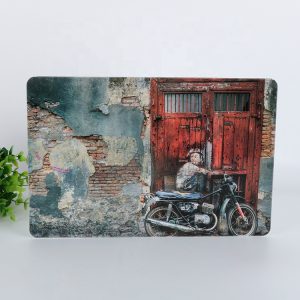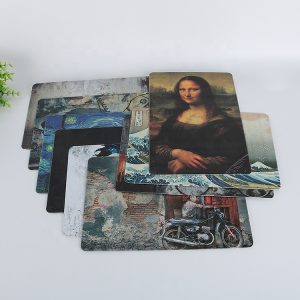Opacity
In addition to the deterioration reaction of food, light can also cause changes in protein and amino acids. Vitamin C is more likely to interact with other food ingredients when exposed to light, resulting in a large loss. According to the research and analysis, the loss of vitamin C of milk in transparent glass bottles is 14 times higher than that in dark bottles. Light will also cause oxidation odor of milk, and the cracking of nuclide and methionine will lose nutritional value. The opacity of tin cans makes the preservation rate of vitamin C higher.
Good sealing
The barrier of packaging containers to air and other volatile gases is very important for the preservation of nutritional components and sensory quality. The comparison of various fruit juice packaging containers shows that the oxygen transmittance of the container directly affects the browning of fruit juice and the preservation of vitamin C; Metal cans, glass bottles, aluminum foil adhesive layers and cartons with low oxygen permeability have better preservation of vitamin C, and iron cans are better.
Reduction of tin
The tin on the inner wall of the tinplate will react with the oxygen remaining in the container during filling, reducing the chance of food components being oxidized. The reduction effect of tin has a good preservation effect on the flavor and color of light fruit and fruit juice. Therefore, the fruit juice can packed with unpainted iron has better nutritional preservation than the fruit juice can packed with other packaging materials. The brown change is slight, the acceptability of flavor quality is good, and the storage life is prolonged.
Tinplate canned food, except a few light colored fruit and fruit juice cans, mostly use empty cans with internal paint to improve the corrosion resistance of the containers; Due to the electrochemical action of metal, a small amount of iron will be dissolved from the painted canned food during storage. It exists in the sealed canned food in the form of divalent iron, which is easy to be absorbed by the human body, with a content of about 1 to 10 ppm. As far as fruit and vegetable products are concerned, the iron content of raw materials is not much. Iron can products can provide 1.75mg iron per can, which is about one tenth of the daily intake of 18mg by the human body, based on the iron content of 5 ppm in a 350 ml beverage can. If the above fruit and vegetable juice beverage cans are rich in vitamin C, iron is easier to be absorbed. Therefore, iron canned food and beverage can be regarded as a good source of iron and has more far-reaching significance in providing nutrition for iron canned food.
Because of these properties, tin cans provide a closed system that is completely isolated from environmental factors in addition to heat, so as to avoid the deterioration of color food due to light, oxygen and moisture, nor the weakening of aroma or the deterioration of flavor due to environmental odor pollution. The stability of food storage is better than other packaging materials, and the preservation rate of vitamin C is higher, The preservation of nutrients is also good.
In addition, tinplate is widely used. From food and beverage packaging materials to grease cans, chemical cans and other miscellaneous cans, the advantages and characteristics of tinplate provide good protection of the contents in physical and chemical properties.

































